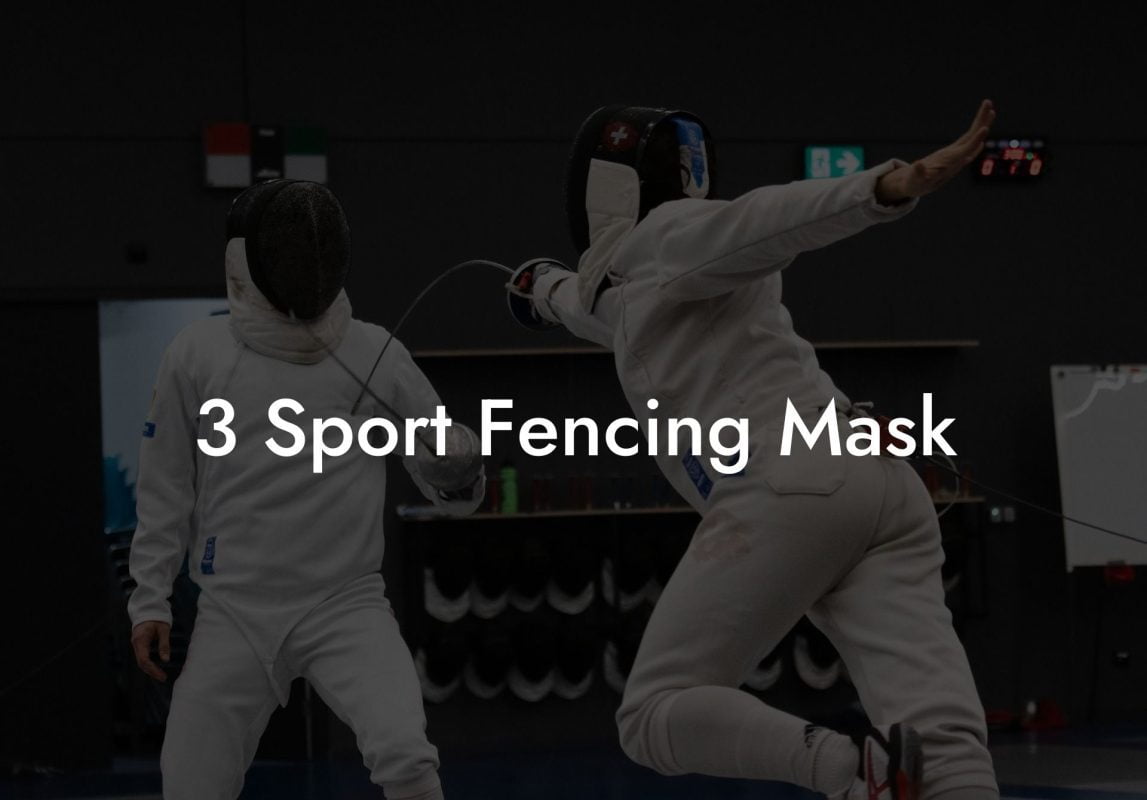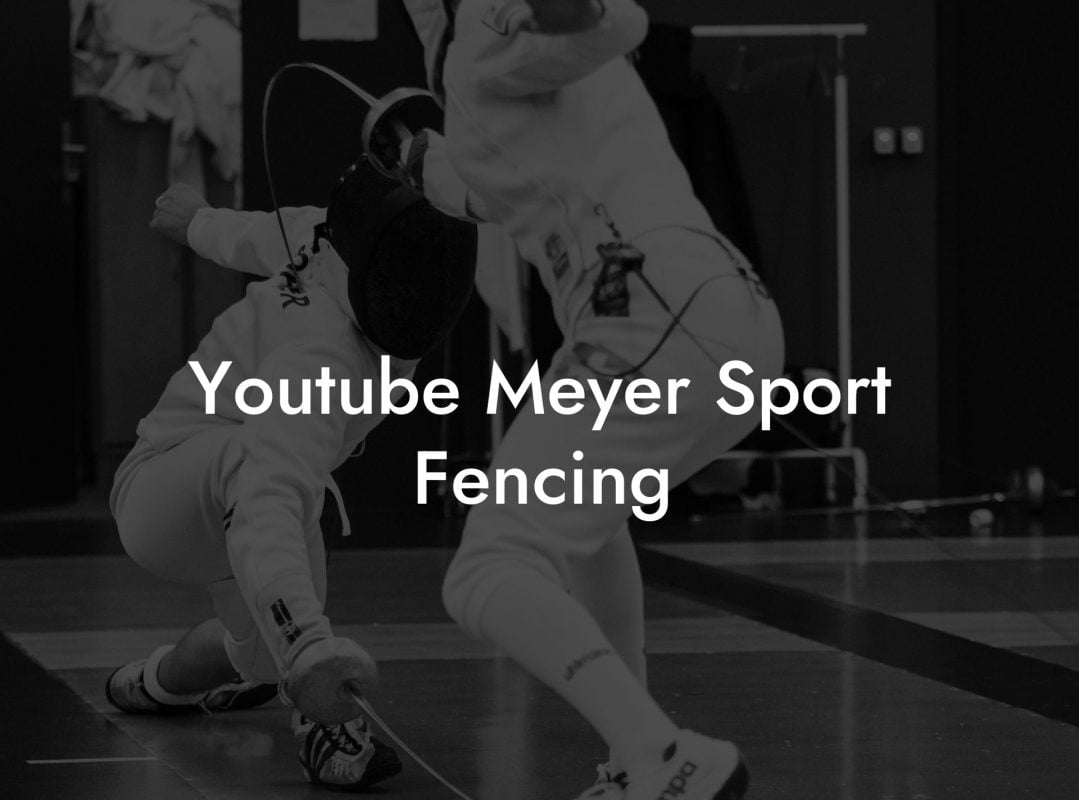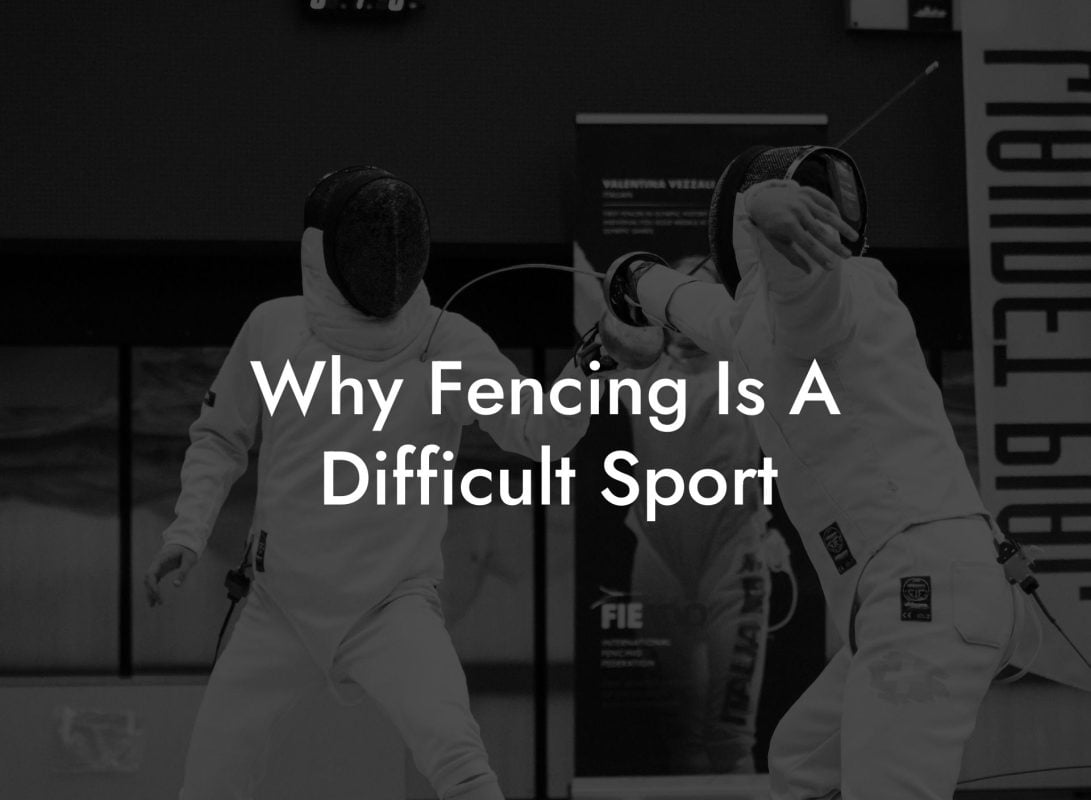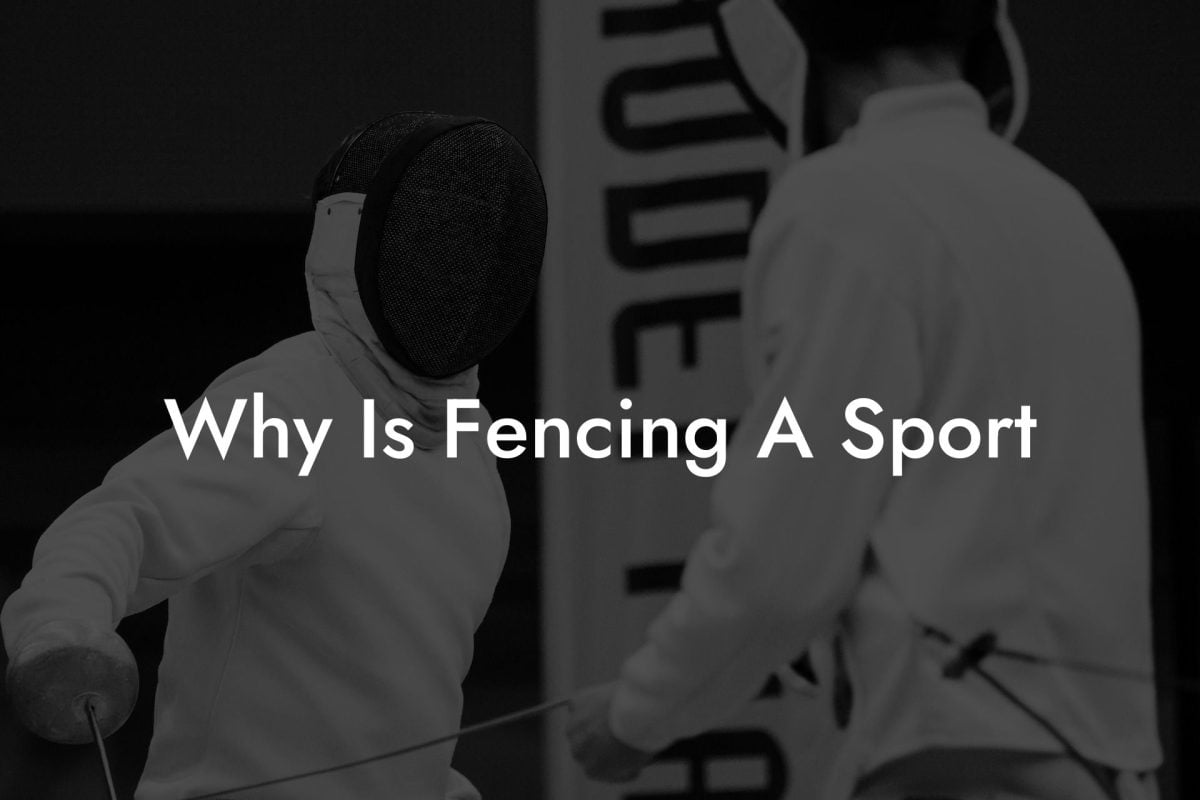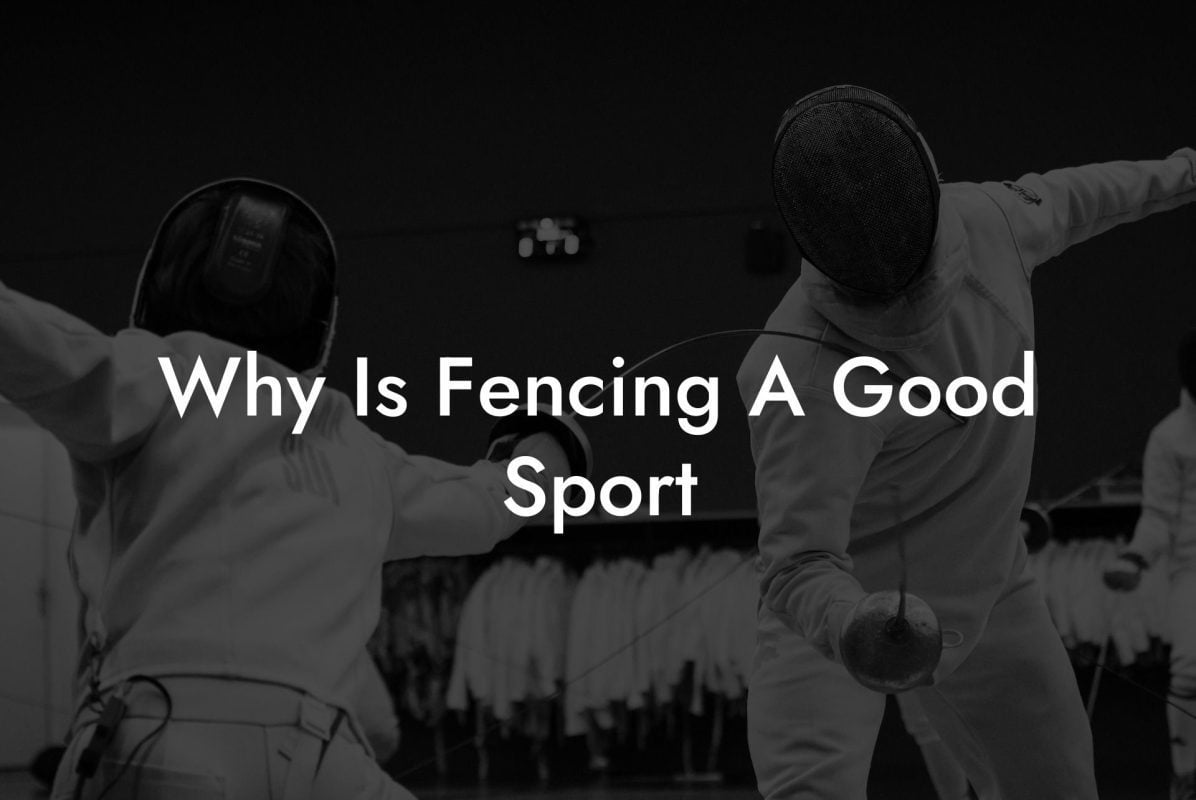Have you ever been curious about the different fencing styles and how they vary? The world of fencing is a diverse and intriguing sport with its unique set of techniques and tactics. In this article, we will explore the various fencing styles, along with their strengths and weaknesses. Whether you're new to fencing or a seasoned pro looking to broaden your knowledge, this comprehensive guide will leave you feeling confident in your understanding of fencing styles.
A Brief History of Fencing
Fencing dates back to ancient civilizations and was initially used for self-defense and dueling purposes. Over time, the sport has evolved into an elegant, skill-based competition that tests the agility, speed, and precision of athletes. Modern fencing is divided into three primary disciplines: foil, epee, and sabre, each with its unique style and rules. Let's dive deeper into these three styles:
Foil Fencing
- Light-weight weapon, typically weighing less than one pound.
- Primary target area is the torso, including the front, back, and sides.
- Points are scored by touches (hits) with the tip of the foil only, in all other instances it’s considered an off-target hit.
- Features "right-of-way" rule, where only the attacker who initiated the attack can score a point, provided their opponent failed to defend successfully.
Epee Fencing
- Heavier weapon, weighing around 1.5 - 2 pounds, with a thicker blade and larger bell guard.
- Entire body is considered the target area, making epee the most similar to traditional dueling.
- Points can only be scored by touches with the tip of the epee, and unlike foil fencing, there are no right-of-way rules. Successful double touches are allowed.
- Defensive strategies, patience, and accurate point control are vital aspects of successful epee fencing.
Sabre Fencing
- Lightweight and curved weapon designed to mimic a cavalry sword.
- Target area includes everything from the waist up, excluding hands, in representational form of mounted combat.
- Points can be scored with any part of the blade (edge, flat, or tip), encouraging quick slashing and thrusting attacks.
- Adheres to right-of-way rules similar to foil fencing, focusing on quick, offensive actions and rapid-fire exchanges.
Choosing the Right Fencing Style
Aspiring fencers may feel overwhelmed by the variety of fencing styles, but understanding their essential differences can help you make an informed decision. Foil fencing is seen as the standard form of the sport, often serving as the starting point for most beginners due to its emphasis on technique and discipline, balanced with both offensive and defensive gameplay.
Epee fencing appeals to those who prefer a more defensive or strategic game, honing their patience and timing while focusing on accurate point control.
Sabre fencing offers a faster, more aggressive experience, with exhilarating bouts that quickly shift momentum and require a keen eye for openings and split-second decision-making.
Fencing Styles Sport Example:
Here's an example of how these fencing styles differ in a competitive setting:
In a foil match, a fencer initiates an attack by extending their arm and aiming their blade tip at their opponent's torso. The defending fencer has the opportunity to parry or block the attack and then perform a counterattack, known as a "riposte." If the attacker is successful, they score a point; if the defender successfully parries and then scores a touch with their riposte, they earn a point.
In an epee bout, both fencers patiently circle each other, searching for the perfect opportunity to strike. After observing their opponent's movement pattern, one fencer lunges forward and successfully touches their opponent's foot, scoring a point.
Meanwhile, in a sabre match, both fencers lunge and slash at each other in rapid succession, embodying the powerful, offensive nature of sabre fencing.
Fencing is an exciting and demanding sport that combines physical prowess, mental fortitude, and elegant technique. Understanding the distinct fencing styles - foil, epee, and sabre - can help you pursue the path that best suits your strengths and interests. If you enjoyed this guide, don't hesitate to share it with fellow fencing enthusiasts and explore other informative articles here at Anchorage Fencing Club. Happy fencing!



